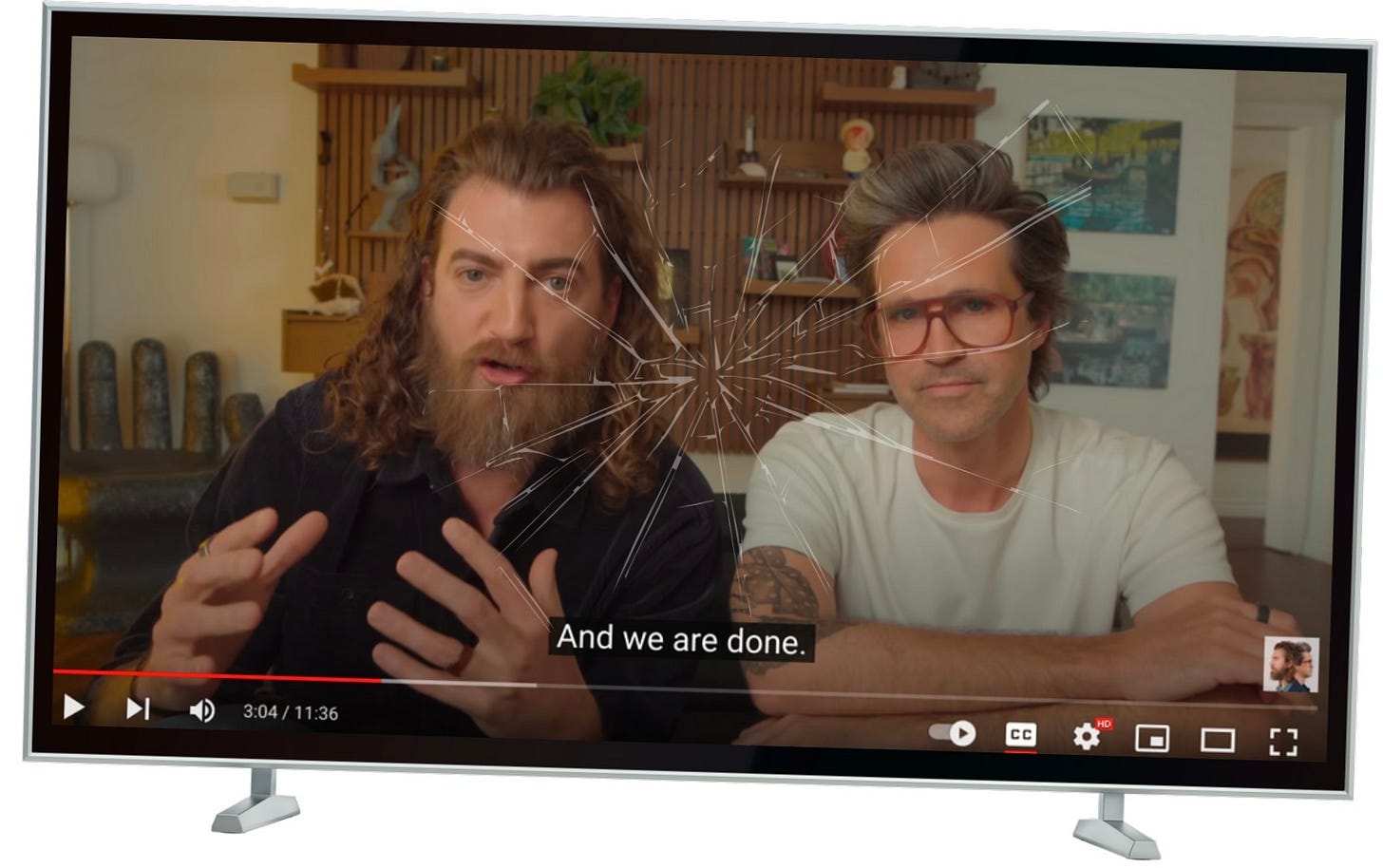'Final Straw': Why YouTube Stars Broke Up with H'wood (But Kept Their Lawyers and Agents)
Says WME's Ben Davis: 'It's all about direct-to-consumer businesses'

Rhett and Link wanted to be on TV. After making YouTube videos since 2006 and creating one of the most enduring and popular digital shows in history — Good Mythical Morning, a gonzo spin on the kind of silly segments o…



